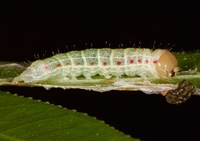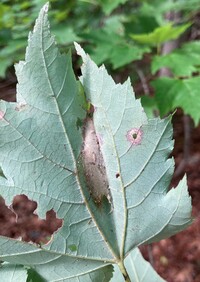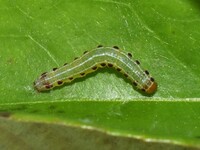
| Recorded by: Jeff Niznik, David George on 2025-05-24
Richmond Co.
Comment: | 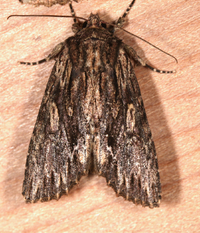
| Recorded by: Jim Petranka, Mark Basinger and Becky Elkin on 2025-05-18
Buncombe Co.
Comment: |

| Recorded by: Mark Basinger on 2025-05-18
McDowell Co.
Comment: | 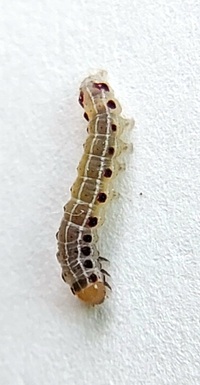
| Recorded by: Mark Basinger on 2025-05-18
McDowell Co.
Comment: |
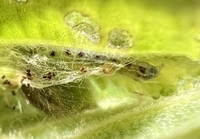
| Recorded by: Stephen Dunn on 2025-05-03
Orange Co.
Comment: | 
| Recorded by: Emily Stanley on 2025-04-27
Buncombe Co.
Comment: |
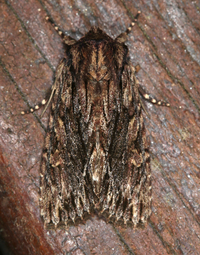
| Recorded by: Jim Petranka on 2025-04-27
Madison Co.
Comment: | 
| Recorded by: Jim Petranka on 2025-04-23
Madison Co.
Comment: |
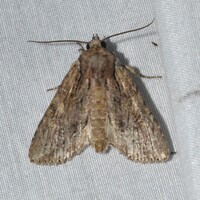
| Recorded by: Jeff Niznik on 2025-04-19
Orange Co.
Comment: | 
| Recorded by: Mark Basinger on 2025-04-18
Wilson Co.
Comment: |
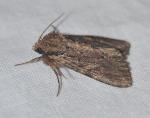
| Recorded by: K. Bischof on 2025-04-15
Chatham Co.
Comment: | 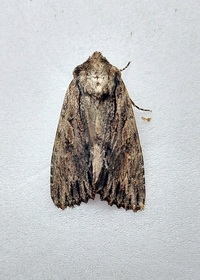
| Recorded by: Mark Basinger on 2025-04-15
Wilson Co.
Comment: |

| Recorded by: K. Bischof on 2025-04-14
Chatham Co.
Comment: | 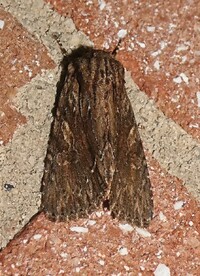
| Recorded by: Simpson Eason on 2025-04-06
Durham Co.
Comment: |

| Recorded by: Mark Basinger on 2025-04-06
Rowan Co.
Comment: | 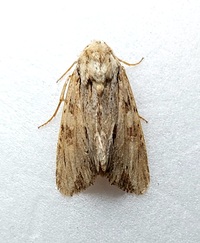
| Recorded by: Mark Basinger on 2025-04-06
Rowan Co.
Comment: |

| Recorded by: Mark Basinger on 2025-04-06
Rowan Co.
Comment: | 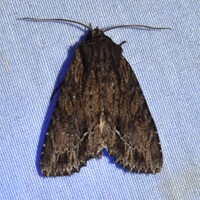
| Recorded by: David George, Jeff Niznik on 2025-04-05
Chatham Co.
Comment: |

| Recorded by: David George, Jeff Niznik on 2025-04-05
Chatham Co.
Comment: | 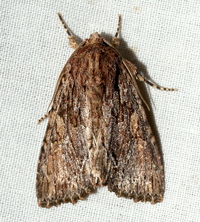
| Recorded by: David George on 2025-04-04
Durham Co.
Comment: |
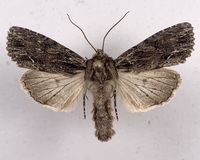
| Recorded by: R. Teper, David George, J. Niznik on 2025-03-28
Chatham Co.
Comment: | 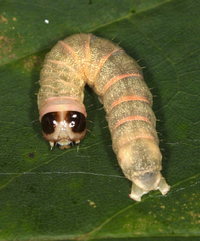
| Recorded by: Jim Petranka on 2024-08-16
Madison Co.
Comment: A last-instar larva that was in a leaf fold on Redbud. |
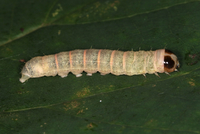
| Recorded by: Jim Petranka on 2024-08-16
Madison Co.
Comment: A last-instar larva that was in a leaf fold on Redbud. | 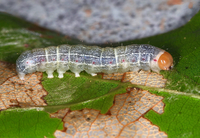
| Recorded by: Jim Petranka on 2024-07-21
Madison Co.
Comment: A larva from a leaf tie on Northern Red Oak. |
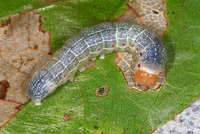
| Recorded by: Jim Petranka on 2024-07-21
Madison Co.
Comment: A larva from a leaf tie on Northern Red Oak. | 
| Recorded by: Jim Petranka on 2024-07-21
Madison Co.
Comment: A leaf tie on northern Red Oak (see companion photo of larva that was inside). |

| Recorded by: Ken Kneidel on 2024-06-16
Mecklenburg Co.
Comment: A leaf tie on Quercus palustris. | 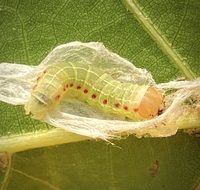
| Recorded by: Ken Kneidel on 2024-06-16
Mecklenburg Co.
Comment: An early-instar larva (10 mm) that was feeding on Quercus palustris. See companion photo of the same individual on 8/24 and now 28 mm.
|
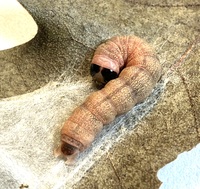
| Recorded by: Ken Kneidel on 2024-06-16
Mecklenburg Co.
Comment: An late-instar larva (28 mm) that was feeding on Quercus palustris. See companion photo of the same individual on 6/16 when only 10 mm long. | 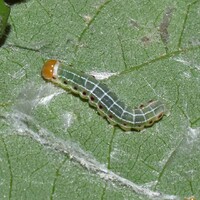
| Recorded by: David George, Jeff Niznik on 2024-06-01
Chatham Co.
Comment: Larva was in a leaf roll on Styrax grandifolius. |
|

 »
»
